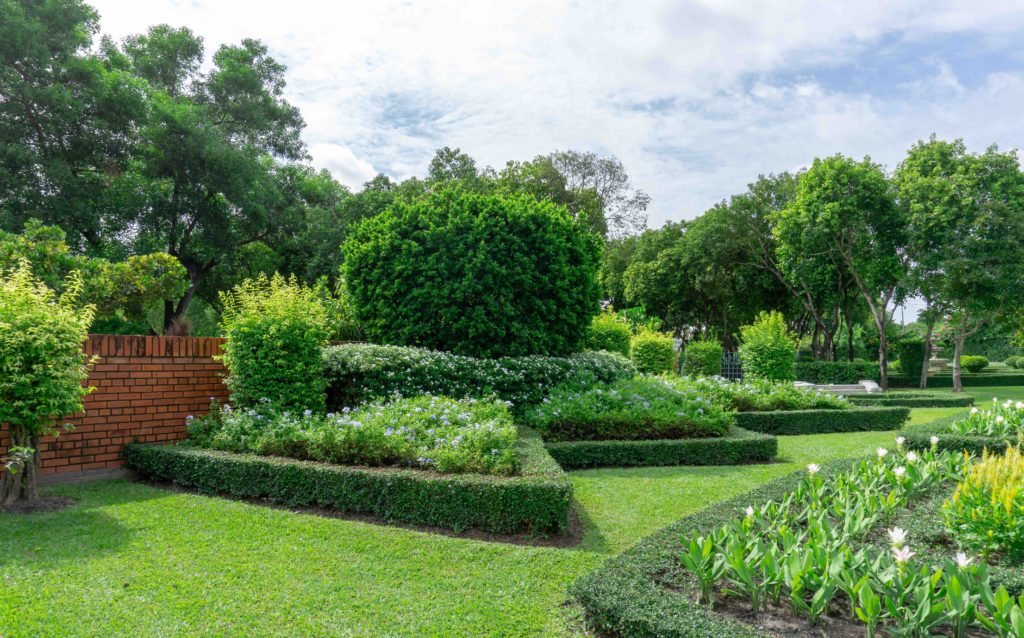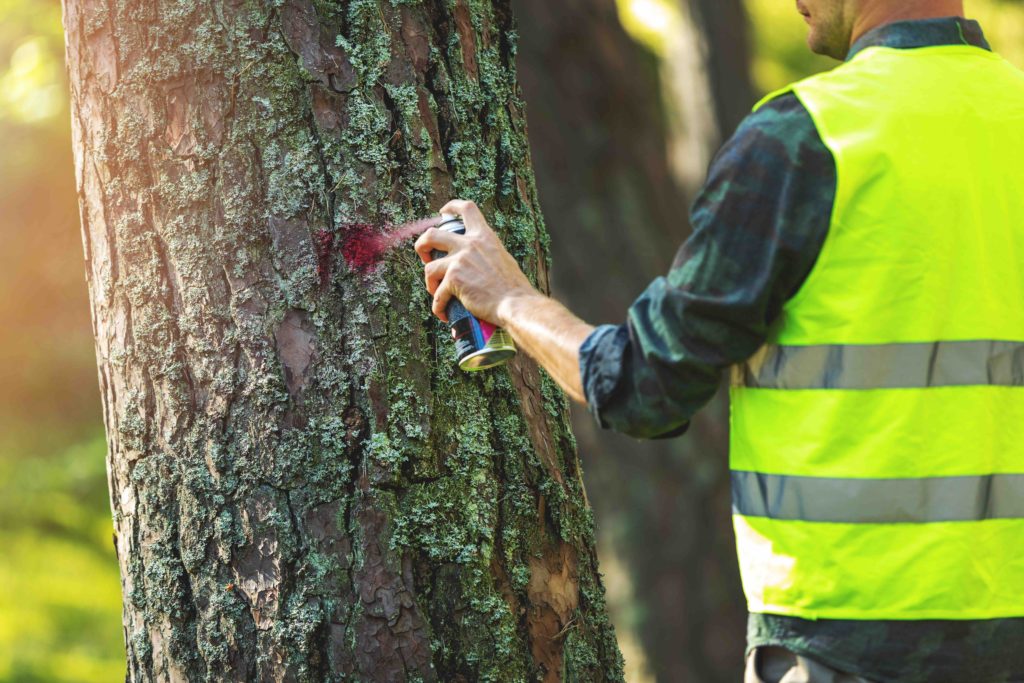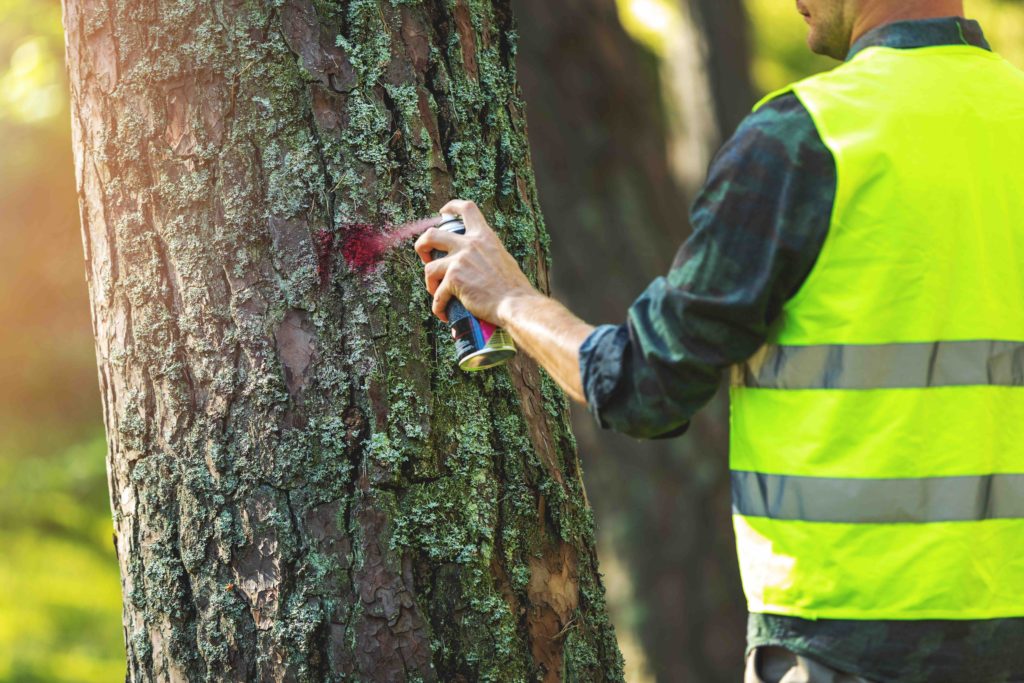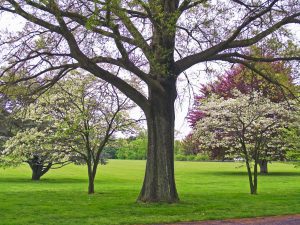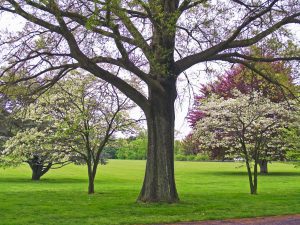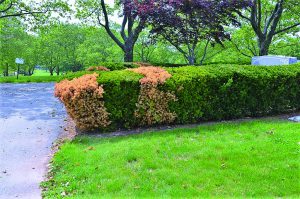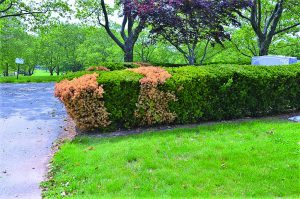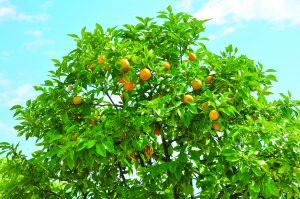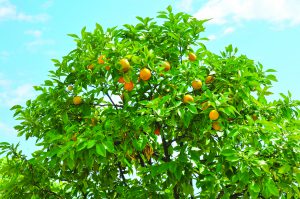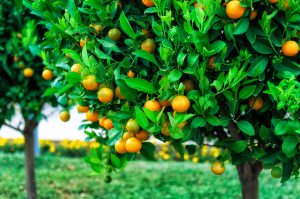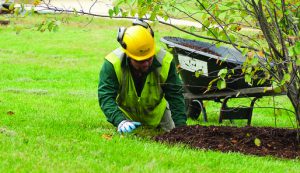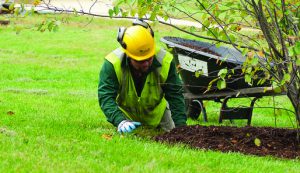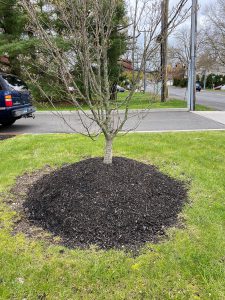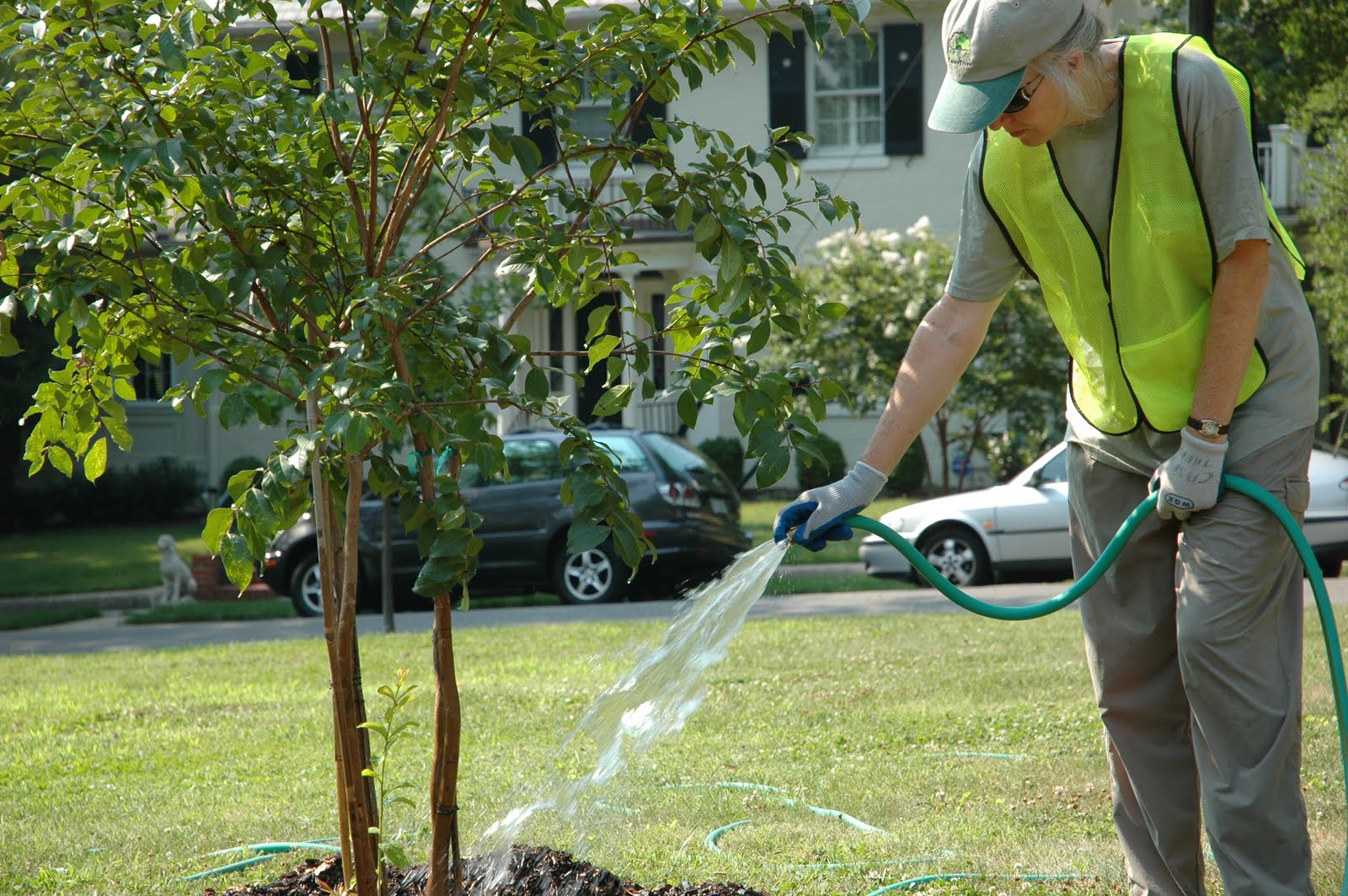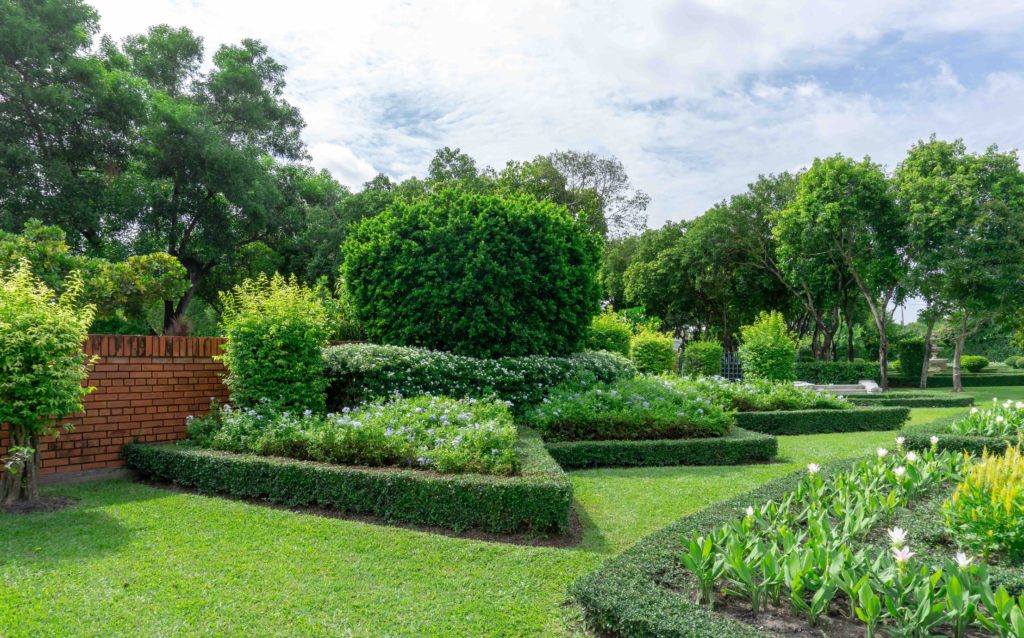
Tree maintenance is something that can seem overwhelming, especially if you have a lot of trees on your property. However, it doesn’t have to be a burden when you know the right professionals. Whether you need tree removal services or a simple trimming job, reliable experts can make the whole process extremely hassle-free for you.
Tree maintenance services are usually a combination of mulching, trimming, and preventative treatments to keep pests and diseases at bay. At Chippers Tree Service, we offer A-to-Z residential and commercial tree care services to cater to the needs of your leafy friends so you can enjoy a healthy yard throughout the year.
Tree Mulching
One of the best things you can do to keep your trees strong is apply mulch to them, especially for the young trees. Mulching is cheap and quick, and offers several benefits to a yard. It insulates the roots providing a buffer from cold and heat, prevents compaction, keeps out the weeds, retains water, and much more.
Tree Stump Grinding
If you want a tree removed, you probably want the whole thing – stump and all – removed from your view. This is why we offer stump grinding services along with tree removal. Our technicians will ground the stump down perfectly to make sure any infestations or re-sprouting doesn’t happen.
Tree Trimming
Are there any dying or dead branches hanging from your tree? We specialize in tree pruning, trimming, and crown reductions. Dead branches or overgrown trees can actually lead to a host of issues that can compromise the safety of your property as well as the health of your yard.
Our certified tree care technicians are experienced and trained to ensure safe tree pruning and trimming services throughout the Fort Worth area.
Tree Cabling and Bracing
Tree cabling and bracing services are designed to reduce stress damage on the trees from heavy foliage, weight of snow or ice, intense rain, and high winds. Think of them as a preventative and proactive way to support a tree that has a weak or poor structure.
At Chippers Tree Service, we install Extra High Strength (EHS) cabling hardware to fortify weak tree limbs or branches. If you notice that your tree is buckling, leaning, or heaving up the soil at the base, or there are any cracks or cavities in the wood, schedule a tree risk assessment. Our technicians will identify the weak points in the tree and determine whether cabling and bracing is an ideal option.
Once the cable and brace has been installed, a little bit of tree maintenance will be required every now and then. The hardware will also need to be inspected every few months by a professional.
The post What Does Tree Maintenance Include in Fort Worth appeared first on Chippers Tree Service.
